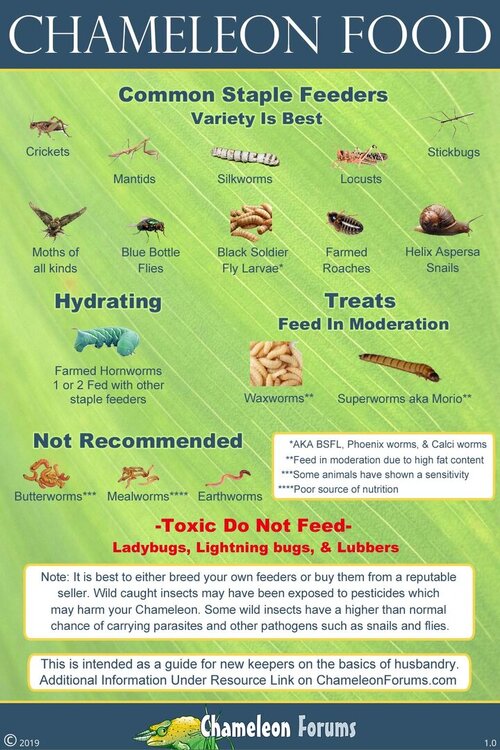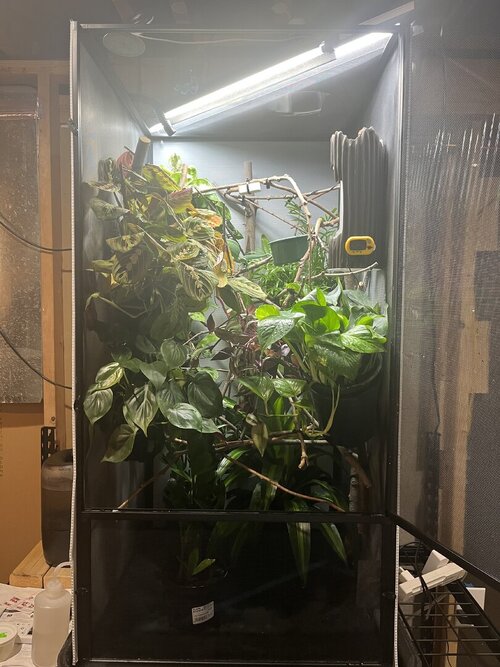Hi All,
I just got a panther chameleon for the first time from a reptile expo, he’s about 9 months old. I’ve had him for a couple of weeks and so far I’ve run into a couple of issues that I’m learning about and resolving as I go..
I live in New England and I feel like I’m having a lot of trouble with humidity levels. I currently hand mist a few times a day, but the monitor I have hasn’t been super helpful with alerting me about changes and I worry that I’m over-misting and putting him at risk for a respiratory infection.
Does anyone have tips around a smart thermometer/hygrometer that can send updates to my phone via wifi and not just Bluetooth? Does anyone also have recommendations around a misting system that works similarly through wifi? Also, how do I know if I’m over-misting?
Any help is appreciated, thanks!
I just got a panther chameleon for the first time from a reptile expo, he’s about 9 months old. I’ve had him for a couple of weeks and so far I’ve run into a couple of issues that I’m learning about and resolving as I go..
I live in New England and I feel like I’m having a lot of trouble with humidity levels. I currently hand mist a few times a day, but the monitor I have hasn’t been super helpful with alerting me about changes and I worry that I’m over-misting and putting him at risk for a respiratory infection.
Does anyone have tips around a smart thermometer/hygrometer that can send updates to my phone via wifi and not just Bluetooth? Does anyone also have recommendations around a misting system that works similarly through wifi? Also, how do I know if I’m over-misting?
Any help is appreciated, thanks!






